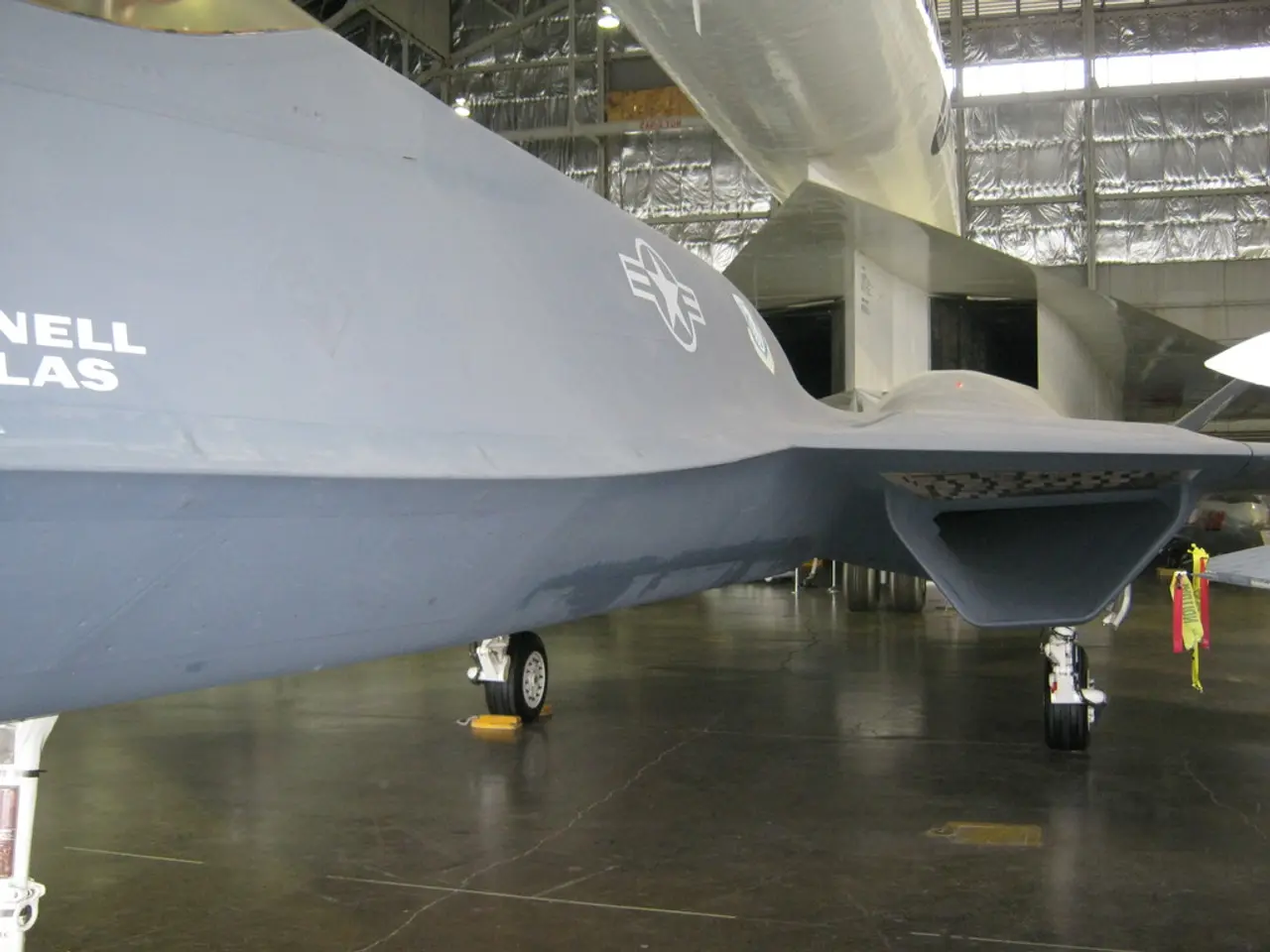Flight Ticket Prices Now Vs. Then: The Rollercoaster Ride in Your Wallet
Soaring Airfare Costs: Unraveling the Hidden Factors Affecting Flight Tickets Pricing
Back in the day, flying was more a statement of luxury than a mere mode of transportation. But, do you know what's even more shocking? Those fancy rides weren't precisely cheap, even when adjusted for inflation! For instance, in 1980, a flight from New York to Los Angeles would've set you back a whopping $600, making it over $2,000 today! Yet, in the early 2000s, you could get that same trip for as low as $250. So, what caused the drastic change in prices over the years?
The Perfect Storm That Drives Costs Skyward
It's not just one factor, but a complicated web of economic and industry-specific challenges responsible for the current high flight prices. Let's break it down:
1. Fuel Costs
Fuel prices account for nearly 30% of an airline's total operating costs. Over the past couple of decades, jet fuel prices have experienced substantial fluctuations, primarily due to geopolitical tensions, supply chain disruptions, and demand spikes. For example, the 2022 Russia-Ukraine conflict led to a global fuel crisis, causing jet fuel prices to skyrocket by 70% in certain regions.
2. Pandemic Aftermath
The COVID-19 crisis forced air fleets around the globe to park and reduced travel demand significantly. This led to massive layoffs, financial losses, and a scramble for pilots to return as travel rebounded. This triple threat has resulted in higher ticket prices to recover losses.
3. Inflation and Labor Costs
Inflation is not just impacting grocery bills; it's hitting the aviation industry hard too. Pilots, flight attendants, and ground staff are demanding higher wages to keep up with the rising cost of living. By 2023, major U.S. airlines had agreed to pilot pay increases of up to 40% over four years, which inevitably gets passed down to passengers.
4. Demand vs. Capacity
Post-pandemic, there's a surge in demand for flights. However, airlines haven't yet restored their full pre-2020 capacity. With fewer planes in operation, limited seating means higher prices. As of 2023, domestic flight capacity was still 15% below 2019 levels.
"More people want to fly, but fewer planes are flying-and the math isn't on your side."
The Hidden Enemies: The Fees You Hardly Notice
Remember the golden days when your ticket covered everything? Today, airlines are slapping on hidden fees for extras like checked bags, seat selection, meals, and even carry-on luggage. These add-ons can bump up the overall cost of your trip by 20-40%.
The Worldwide Comparison: US vs. Europe vs. Asia
It's not just the United States facing the price surge. Across Europe, budget airlines like Ryanair and easyJet have also raised fares in response to increased operating costs. In Asia, routes between major hubs like Singapore and Tokyo saw price increases of up to 60% between 2022 and 2023.
What Can You Do To Save Money?
Although you can't control global economics, there are strategies to keep costs low:
- Book Early: Prices usually go up as departure dates approach. Booking 2-3 months in advance can save you up to 30%.
- Be Flexible: Flying midweek or during off-peak seasons often results in lower fares.
- Use Points and Miles: Frequent flyer programs and travel credit cards can help offset high ticket prices.
- Compare Platforms: Use tools like Google Flights, Skyscanner, or Hopper to find the best deals.
The Future of Ticket Prices: What's Coming Our Way?
Experts predict ticket prices may stabilize by 2025 as airlines increase capacity and fuel prices potentially decline. However, the growing emphasis on sustainability could introduce new costs. Sustainable aviation fuel (SAF), for instance, currently costs 2-3 times more than traditional jet fuel. As airlines shift towards greener practices, passengers may end up shouldering the cost.
"Flying sustainable may save the planet, but it won't save your wallet-at least not yet."
Final Take
The exorbitant flight prices we're experiencing today are the result of a mix of inflation, increased operational costs, rising demand, market dynamics, and a dash of consumer behavior. While it may seem like a never-ending turbulence in your wallet, understanding the root causes can help you make knowledgeable travel decisions. So, the next time you book a flight, remember you're not just buying a seat-you're funding a complex web of global operations.
- The increase in jet fuel prices, primarily due to geopolitical tensions, supply chain disruptions, and demand spikes, is one of the economic and industry-specific challenges that contribute to the high cost of airline tickets.
- One of the hidden fees that airlines charge for extras, bumping up the overall cost of a trip by 20-40%, includes checked baggage fees, seat selection fees, meal fees, and fees for carry-on luggage.
- In the aviation industry, labor costs, such as wages for pilots, flight attendants, and ground staff, are affected by inflation and have led to pilot pay increases of up to 40% over four years by 2023, which inevitably gets passed down to passengers.




